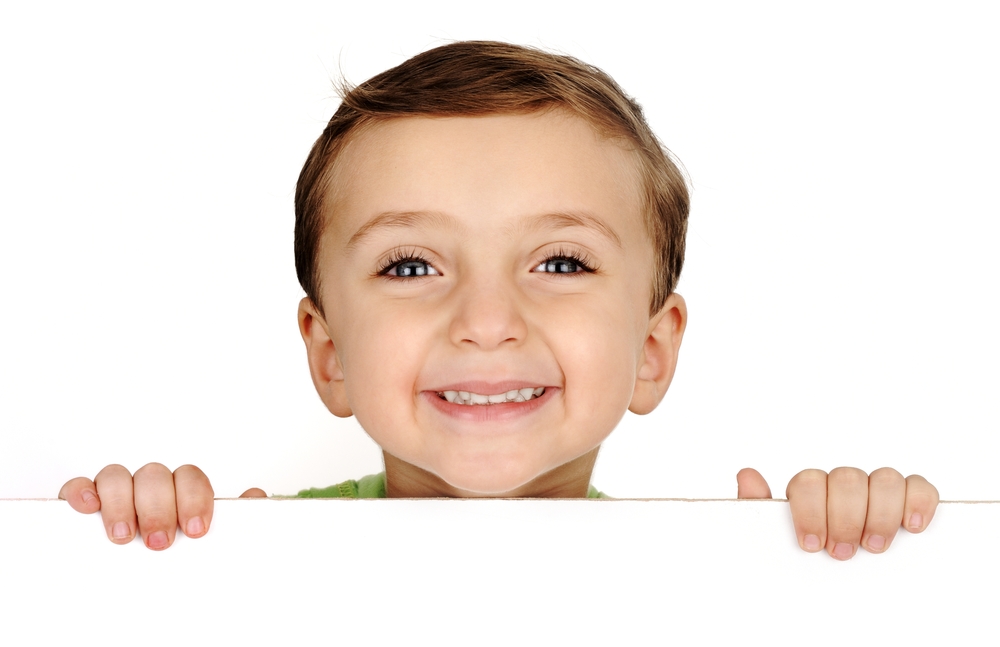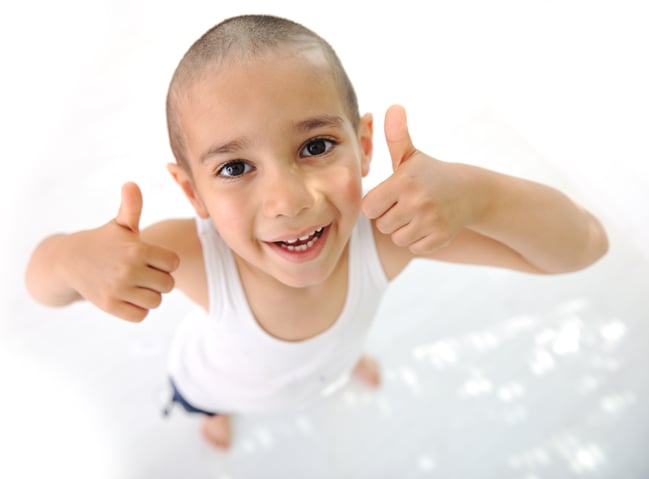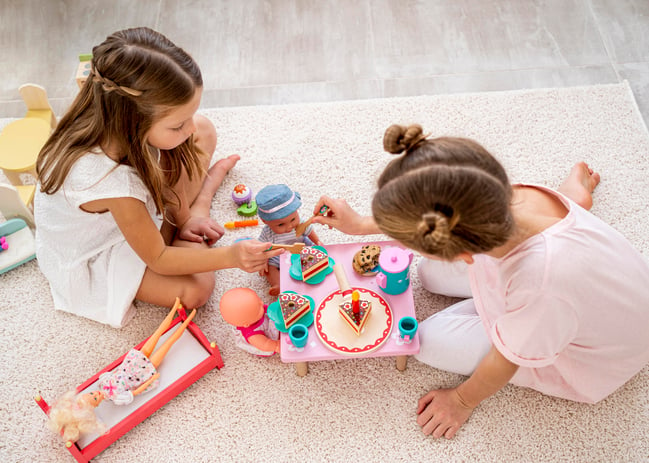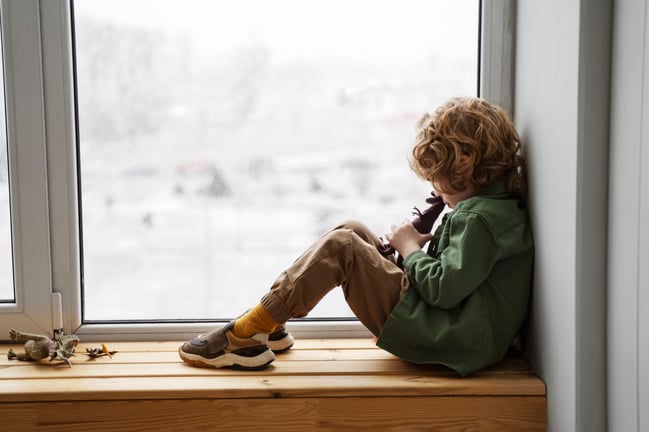
Social Development and Emotional Development
Younger Preschoolers (33-48 months)
Components and Developmental Indicators
Younger Preschoolers (33-48 months)
Components and Developmental Indicators
Developmental Indicators
SDED Goal-1: Children demonstrate a positive sense of themselves as unique and capable individuals in play and everyday tasks.
![]()
Use more complex terms to describe body parts and physical characteristics (accurately identify “where it hurts”).
![]()
Identify self by first and last name.
![]()
Aware of the idea of ownership (“This is mine, that is yours.”).
![]()
Describe themselves in positive terms, including what they like and dislike, what they can do, and what they have done.
![]()
Demonstrate emerging sense of independence in their choices and confidence that they can do many things.
![]()
Express a sense of belonging to a group (“There’s Destiny from my class.”).
Developmental Indicators
SDED Goal-2: Children form relationships and interact positively with familiar adults in play and everyday tasks.
![]()
Seek out trusted adults for approval, emotional support, assistance, and help solving problems when needed.
![]()
Show affection for adults they are close to and refer to them by name (“Hi Nana!”).
![]()
Given time, form positive relationships with new teachers or caregivers.
![]()
Show ease and comfort in their interactions with familiar adults.
SDED Goal-3: Children form relationships and interact positively with other children in play and everyday tasks.
![]()
Demonstrate developing social skills with guidance and support when interacting with other children (improving turn-taking, conflict-resolution, sharing).
![]()
Form and maintain friendships with a few other children.
![]()
Identify another child as a friend.
![]()
Begin to initiate positive interactions and play with other children.
![]()
Seek comfort from and give support to familiar children.
![]()
Begin to demonstrate a respect for the rights and property of others (ask to play with someone else’s toy).
![]()
Notice and accept similarities and differences among people, including people with disabilities and those from different cultures (hair color, gender, or favorite activities).
Developmental Indicator
SDED Goal-4: Children demonstrate self-regulation, prosocial behaviors, and participate cooperatively as members of a group in play and everyday tasks.
![]()
Demonstrate pro-social behaviors (waiting for a turn), participate in routines, and transition smoothly from one activity to the next with some adult guidance and support.
![]()
Often make requests clearly and effectively.
![]()
Show awareness that their actions affect others (move carefully around classmate’s block structure).
![]()
Wait for a short time to get what they want (a turn with a toy).
![]()
Work to resolve conflicts effectively, with guidance and support.
SDED Goal-5: Children demonstrate an ability to identify and regulate their emotions in play and everyday tasks.
![]()
Use words or signs to express their needs and feelings most of the time.
![]()
Suggest reasons for their feelings (“I’m sad because Grandma’s leaving.” “That makes me mad when you do that!”).
![]()
Manage emotions, control impulses, and calm themselves with adult support and guidance.
SDED Goal-6: Children recognize and respond to the needs and feelings of others in play and everyday tasks.
![]()
Use words to comfort another child or adult who is upset (bring a comfort object, pat the person on the back and ask, "Are you okay?").
![]()
Use words and/or actions to meet the needs of others (pick up item someone dropped, help another child who is having trouble building a block tower).
![]()
With guidance and support, show respect for others’ feelings and points of view (work out conflicts, listen to opinions expressed by others).



